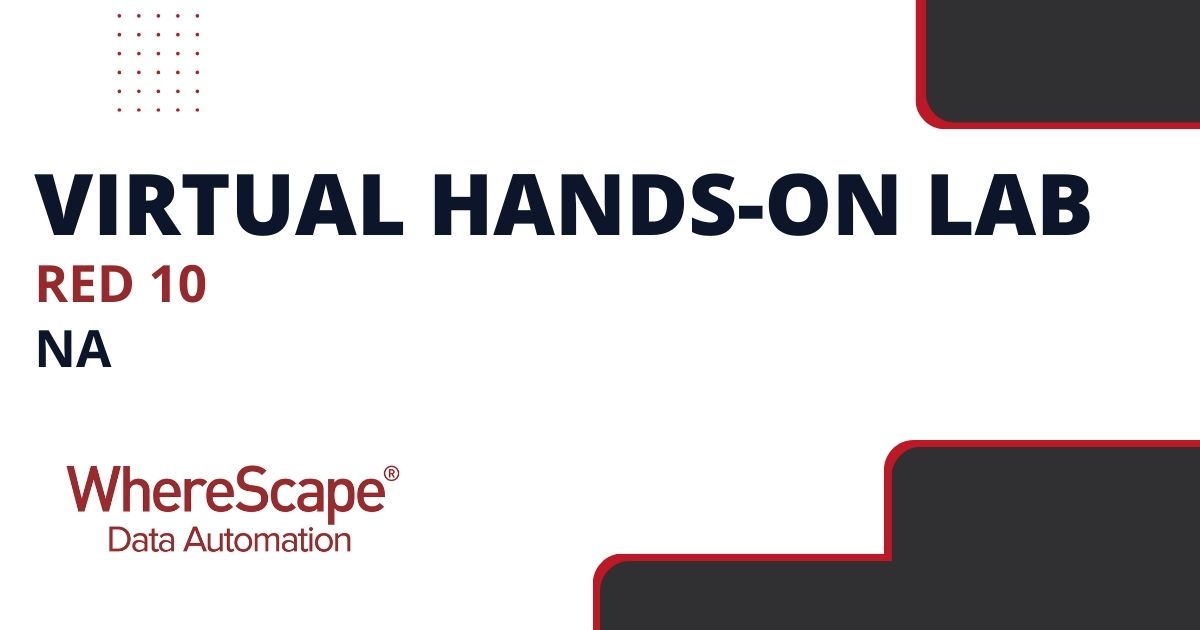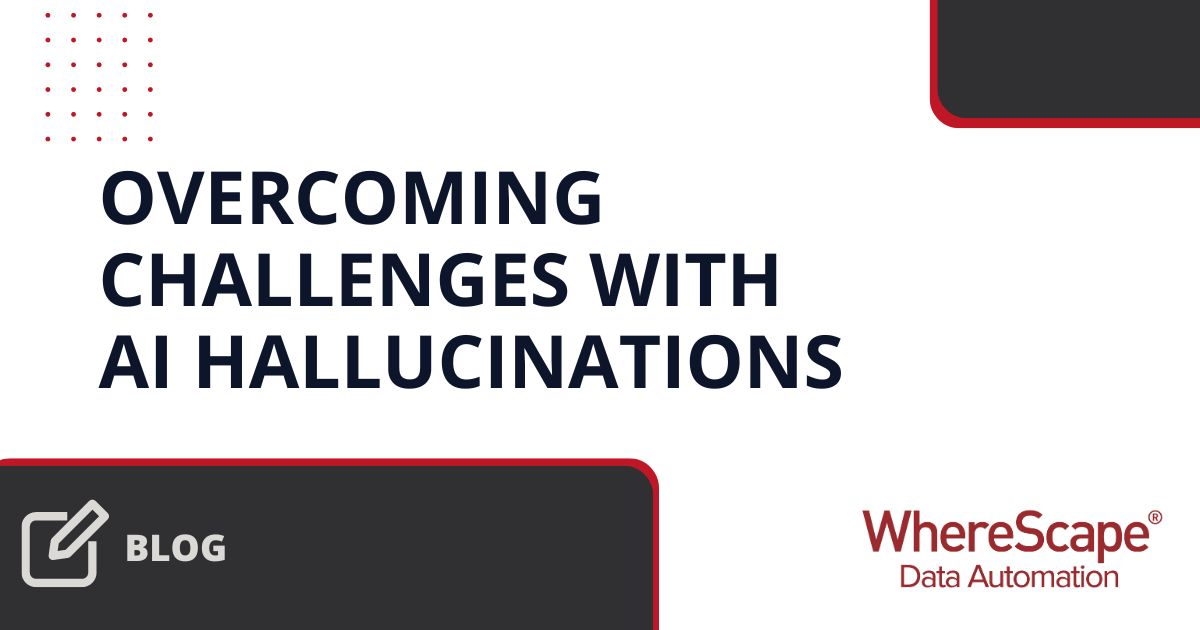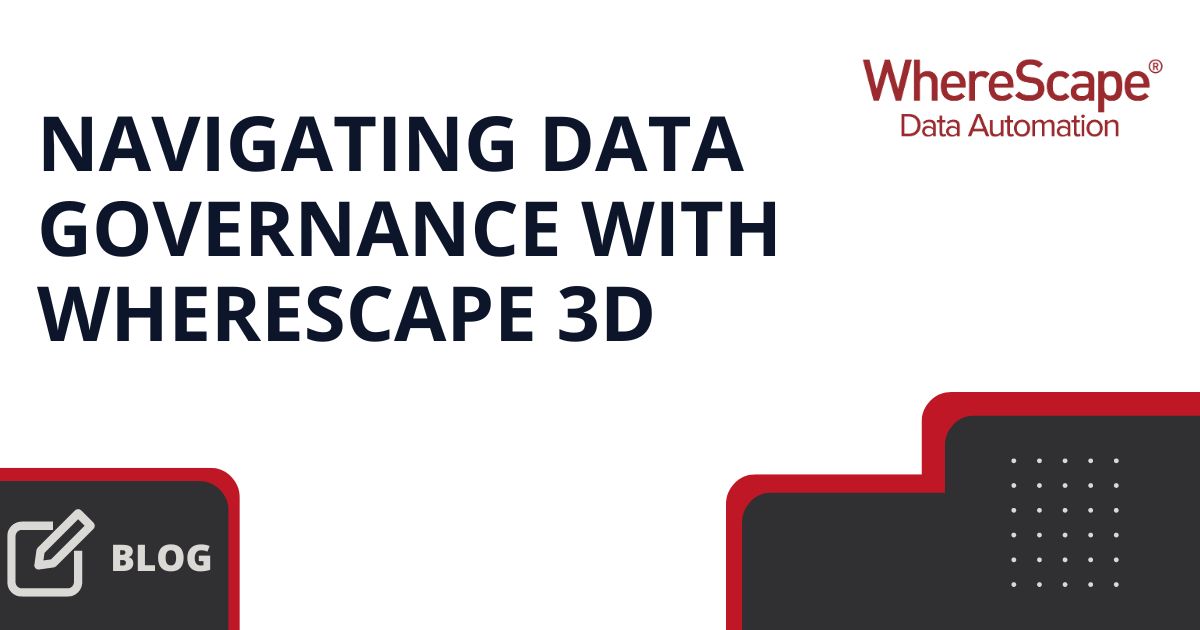Elevate your expertise in data warehousing with...
Why Automating Snowflake is a Huge Deal for Agile Data Warehousing
Sometimes a major technological advance is accelerated by another complementary innovation. It seems data automation and a Cloud-native database that separates storage from compute go together just like peas and carrots. Two huge steps forward in data management and democratization have just become one giant leap, and here’s why…
Ten years ago, could you imagine a giant 3D dragon jumping out of your bedroom wall? The rate of technological advance means you can buy a 3D projector the size of a handbag for $500 these days, whereas a few years ago this technology was only accessible in a cinema. First, you had big standard definition home projectors that made lots of noise and got very hot; then smaller, quieter HD; then 3D and now Ultra HD and so on. The gradual nature of this feels natural as everyone adjusts to the latest model, then suddenly you have a dragon leaping out of your wall and that feels normal.
Sometimes technology lurches forward in a giant step, skipping those granular stages. This shift precedes the understanding and acceptance of it, requiring people to retrospectively figure out how they can use its power. Breakthroughs like Big Data, which exploded with Hadoop’s ability to process huge streams of data in parallel, are solutions looking for problems: many people want Big Data strategies and invest in it without knowing exactly what data they want and why they really need it.
Scratching a 30-Year Itch
Snowflake is different, as it’s an answer to a problem IT has suffered for too long. In the ‘90s data warehouses and the resultant business insight were supposed to be the holy grail that would transform how we do business. However, the logistics of building and managing a data warehouse that worked were more complex than we had first hoped. So, the power of data resided with a few specialists, its extraction in any meaningful form was slow, and this created political struggles within organizations that disabled rather than enabled the majority.
In the beginning, on-premises data warehouses were hugely expensive and inhibited agility. Building a data warehouse took years and cost millions, meaning only the richest companies could afford one. We had to estimate how much storage and compute power we needed three years in advance. Buy too little and we ran out of space and lost the ability to do our job, buy too much and we wasted huge amounts of money on unused memory.
The Cloud changed this by allowing us to only pay for what we need. Now with increased security and trust, we are shifting more critical workloads on to the Cloud, but we can still often spend more money than is needed. While storage is cheap, compute power is expensive and often VMs sit unused, racking up huge bills, money that can now be spent on growing the business elsewhere. People often talk of the Cloud being expandable to grow with a company based on their needs, but its ability to contract so we only spend what we need to is equally, if not more, important.
The Snowflake Effect
Snowflake has separated storage and compute, and the bar has been raised again. As Snowflake’s VP of Product and Partner Marketing, Jon Bock, explains on this podcast, if we just want to drive to the shops and back, we don’t need to buy a Ferrari, but if we want to go for a long drive on the open road, it would be nice to rent one cheap. This means whole teams only have to pay for the specific amount of computing power each individual needs at the time they need it, while also allowing all team members to access and collaborate on a huge pool of shared storage data.
Snowflake is a Cloud native database. Whether you’re a Cloud native company or not, Snowflake enables you to take advantage of this latest technology and run like a digital native, only paying for the storage and compute you need at any time. When we heard about what they were doing, we knew it complemented our offering perfectly. WhereScape automation makes the design, development, deployment, and operation of data warehouses and other structures quicker and cheaper, so teams can deliver projects in hours and days, not months and years. Snowflake allows IT teams to spin up new data environments in the Cloud in seconds.
WhereScape® automation for Snowflake represents one of those shifts that disrupts the whole geology of IT, a seismic shift that answers the new holy grail of business requirements – doing more with less and delivering faster. It also makes the availability of cheap, efficient data warehouses possible to companies of all sizes, and takes them out of the hands of experts to democratize data in a way we haven’t yet experienced. It’s time to make dragons leap out of your wall.
This blog is based on an Inside Analysis podcast in which Snowflake VP of Product and Partner Marketing Jon Bock and WhereScape CEO Mark Budzinski discuss the potential of data warehouse automation for the Cloud. Click here to listen to the podcast.
Overcoming Challenges with AI Hallucinations
Conversing with your digital assistant on your smartphone, using facial recognition for security, traveling in autonomous vehicles, or browsing recommended products based on your search history - there is no denying AI is embedded in many aspects of our lives. AI has...
Navigating Data Governance with WhereScape 3D
Properly managing and organizing data allows businesses to not only understand crucial patterns and trends, but also to leverage that data in strategic ways that grow revenue over time. Data drives decision-making and paves the way for innovation when used properly....
Deep Dive into WhereScape RED: Features and Benefits
Transforming a business’s various databases and files into actionable insights and reports is crucial, but incredibly time-consuming with traditional tools. Fortunately, with data warehouse automation tools like WhereScape RED, organizations can take advantage of a...
Brief Insights from Gartner® Latest Report on Data Fabric and Data Mesh
In the rapidly evolving world of data management, distinguishing between the myriad of strategies and technologies can be daunting. The latest Gartner® report, "How Are Organizations Overcoming Issues to Start Their Data Fabric or Mesh?" provides critical insights...
ETL vs ELT: What are the Differences?
In data management, the debate between ETL and ELT strategies is at the forefront for organizations aiming to refine their approach to handling vast amounts of data. Each method, ETL vs ELT, offers a unique pathway for transferring raw data into a warehouse, where it...
Embracing the Future of Data Management Recap: Insights from Mike Ferguson
In our recent webinar, "Embrace the Future of Data Management with Automated Cloud Data Warehousing," we had the privilege of diving into the transformative world of cloud data warehousing and highlighting the pivotal role of automation. Guided by our own Brad Kloth,...
How to Hire and Retain Data Warehouse Developers
The projected data warehouse developer job growth rate is 21% from 2018-2028, with about 284,100 new jobs for data warehouse developers projected over the next decade, according to Zippia. This surge in demand for data warehouse talent is being felt across businesses...
8 Reasons to Make the Switch to ELT Automation
Extraction, loading, and transformation (ELT) processes have been in existence for almost 30 years. It has been a programming skill set mandatory for those responsible for the creation of analytical environments and their maintenance because ELT automation works....
Empowering Data Excellence: WhereScape Joins Forces with Peloton Data Solutions
WhereScape is thrilled to announce an exciting new partnership with Peloton Data Solutions, a beacon of data warehouse expertise in New Zealand. This collaboration unites two leaders in data management and automation, poised to set new standards in data warehouse...
What is a Data Model?
A data model depicts a company's data organization, standardizing the relationships among data elements and their correspondence to real-world entities' properties. It facilitates the organization of data for business processes and information systems, offering tools...
Related Content
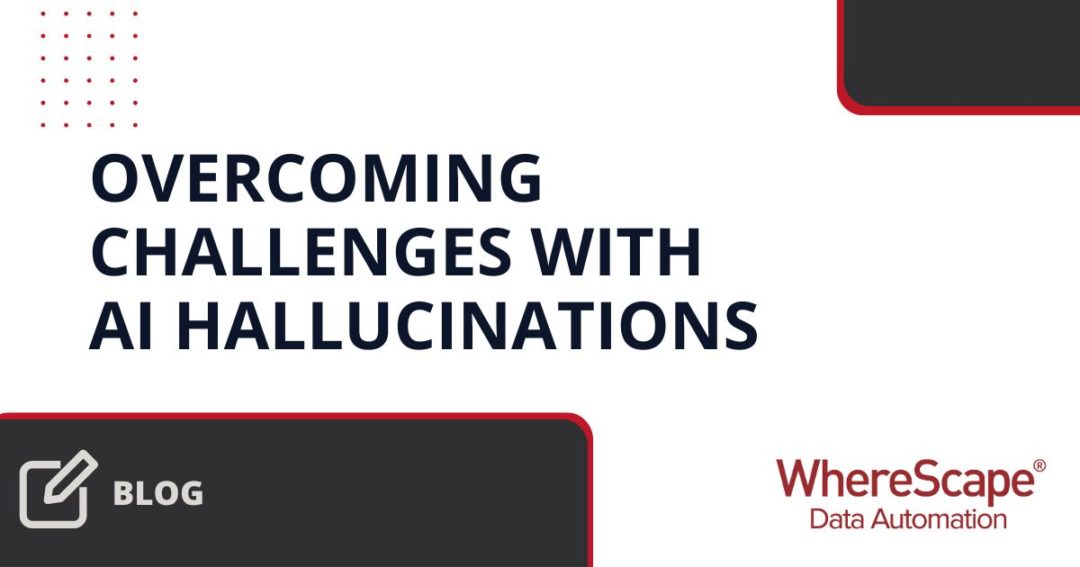
Overcoming Challenges with AI Hallucinations
Conversing with your digital assistant on your smartphone, using facial recognition for security, traveling in autonomous vehicles, or browsing recommended products based on your search history - there is no denying AI is embedded in many aspects of our lives. AI has...
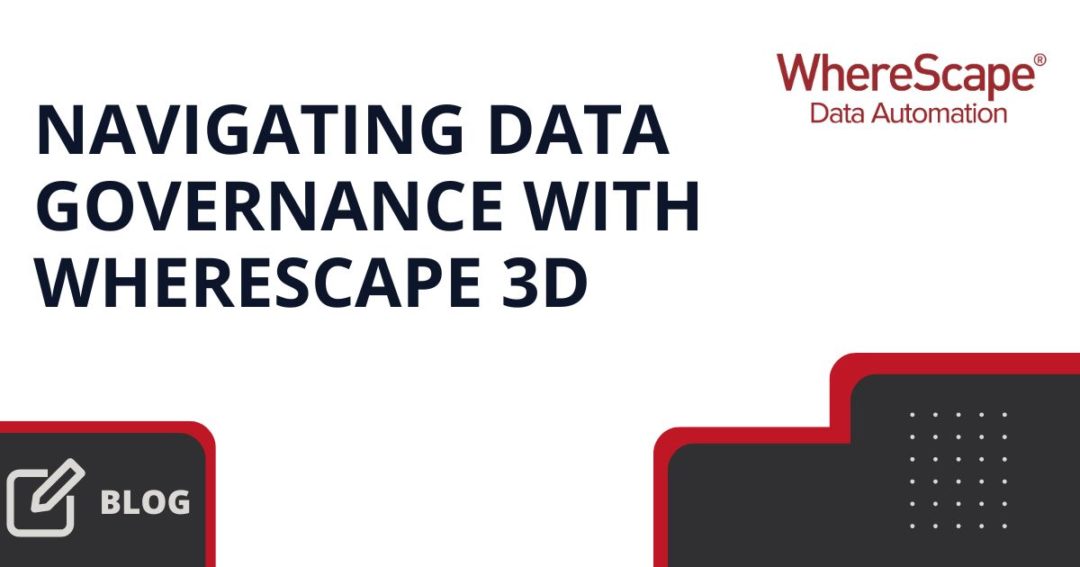
Navigating Data Governance with WhereScape 3D
Properly managing and organizing data allows businesses to not only understand crucial patterns and trends, but also to leverage that data in strategic ways that grow revenue over time. Data drives decision-making and paves the way for innovation when used properly....

Deep Dive into WhereScape RED: Features and Benefits
Transforming a business’s various databases and files into actionable insights and reports is crucial, but incredibly time-consuming with traditional tools. Fortunately, with data warehouse automation tools like WhereScape RED, organizations can take advantage of a...
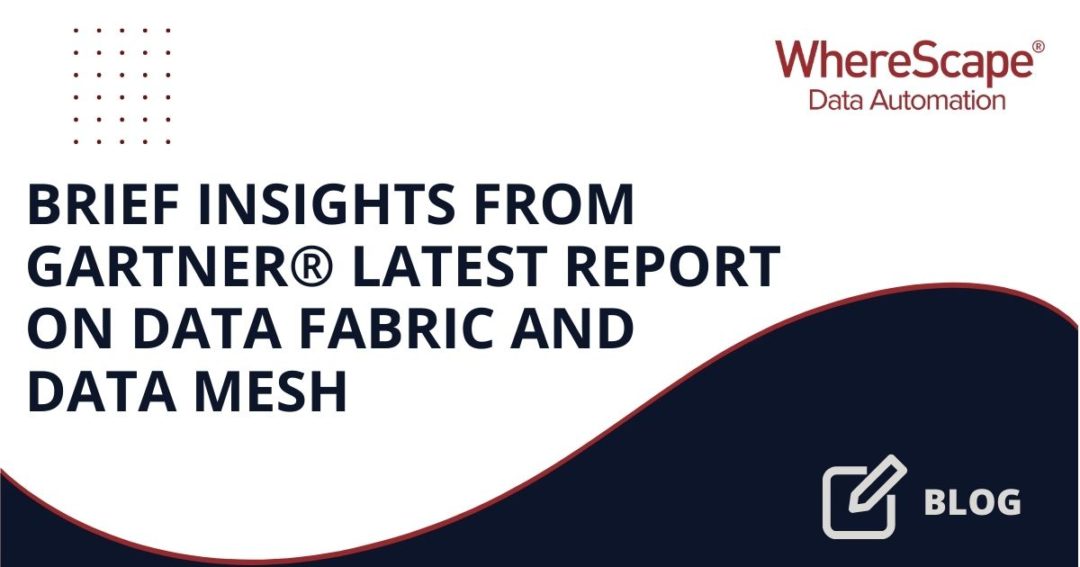
Brief Insights from Gartner® Latest Report on Data Fabric and Data Mesh
In the rapidly evolving world of data management, distinguishing between the myriad of strategies and technologies can be daunting. The latest Gartner® report, "How Are Organizations Overcoming Issues to Start Their Data Fabric or Mesh?" provides critical insights...

